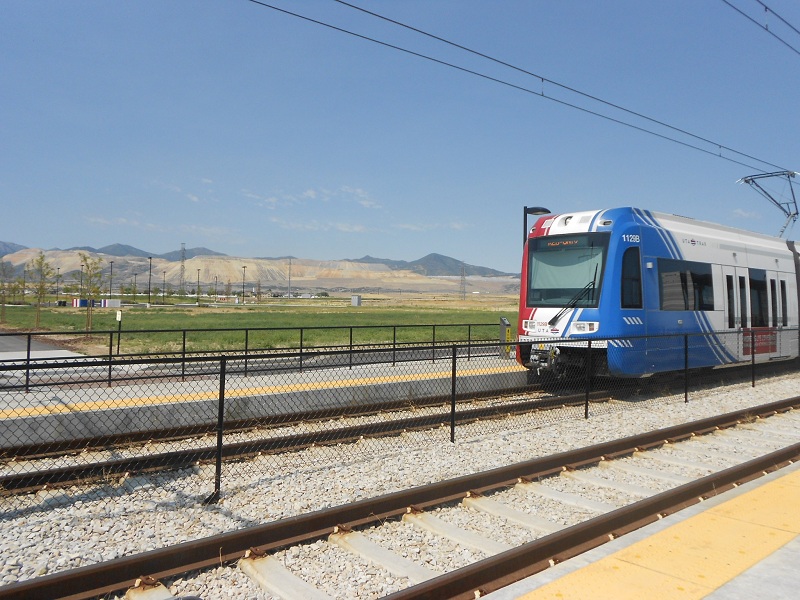IIRC, Amtrak installed a bunch of concrete ties in the NEC sometime in the '80s(?) which turned out to be defective, so they had to redo everything. And if you search for "amtrak concrete ties defective" you'll find a number of similar, more recent stories. So the jury may still be out advantages of concrete ties.
One occasion was 2008,
Charlie :
W
ASHINGTON (AP) - Amtrak must spend tens of millions of dollars to
replace defective ties on the heavily traveled Northeast Corridor or
risk delays and loss of business, the railroad warns.
The concrete ties were purchased beginning in the 1990s and have already
begun to crack, Amtrak spokesman Cliff Black said Wednesday. Concrete
ties normally last about 50 years. If concrete ties fracture severely,
they can't properly support the rails, Black said. He stressed that the
problem does not pose a danger because it was caught early and is being
addressed.
The total cost of fixing the problem is still unclear. But in its annual
funding request to Congress last week, Amtrak said it expects to spend
at least $23.5 million on it this year alone. Costs are likely to be
similar next year, Black said.
The ties are made by Rocla Concrete Tie Inc. at a plant in an Amtrak
maintenance yard in Bear, Del. Under the terms of the contract, Amtrak
said, the supplier must replace the defective ties for free but won't
reimburse Amtrak for the labor.
'Amtrak and Rocla are working together to ensure that the replacement
ties that they are providing us are top quality,' Black said. 'Amtrak is
comfortable that the manufacturer has corrected the problem.'
It's not the first time Rocla has been blamed for defects. New York's
Metro-North commuter railroad sued the company in 2006 for premature
cracks in ties purchased in 1997. The case was settled out of court.
Rocla agreed to replace the ties as part of the settlement, Metro-North
spokesman Dan Brucker said. That process is expected to be completed
within the next three years, Brucker said.
So far Amtrak has replaced about 5,000 defective ties on a spot basis,
lifting slow orders as the problem spots are fixed. In the spring, the
railroad plans to begin using a track-laying machine to replace ties
systematically, Black said. . . .
Black said he did not know how many of the 3.4 million concrete ties on
the corridor were supplied by Rocla since Amtrak began doing business
with the company in the early 1990s
-----
Additionally there was a lawsuit against Rocla by the T in Boston (MBTA) regarding warranty reduction. Tie failure began and the T didn't have the replacement warranty it thought it did. In 2011:
The MBTA has agreed to accept just $6 million in cash and IOUs to settle its $91.5 million suit against the manufacturer [Rocla] of defective concrete railroad ties that had to be ripped out and replaced along the Old Colony Commuter Rail line. The settlement brings an end to the T’s suit against Rocla Concrete Ties of Denver but results in taxpayers picking up the bulk of the cost for repair work for nearly 150,000 concrete ties that began crumbling and breaking in less than a decade rather than the 50 years they were touted to last.
Chemically, the mix for concrete ties, like any concrete, has to be spot-on or failure will occur. Rocla's website touts the company as prime supplier for
BNSF. I remember when
Santa Fe had its main
system (wooden) tie plant in Albuquerque. Another plant was in
Somerville Texas at one time.
One
article mentioned India experimenting with American-made
rubber ties. Made by Cazenovia, New York based NP&G Innovations, from recycled tires.
Both India and China cannot get enough wood to build standard creosote treated ties and concrete ties are too expensive.
Anyone ever get a tiny bit of creosote in your eye? Ouch!





